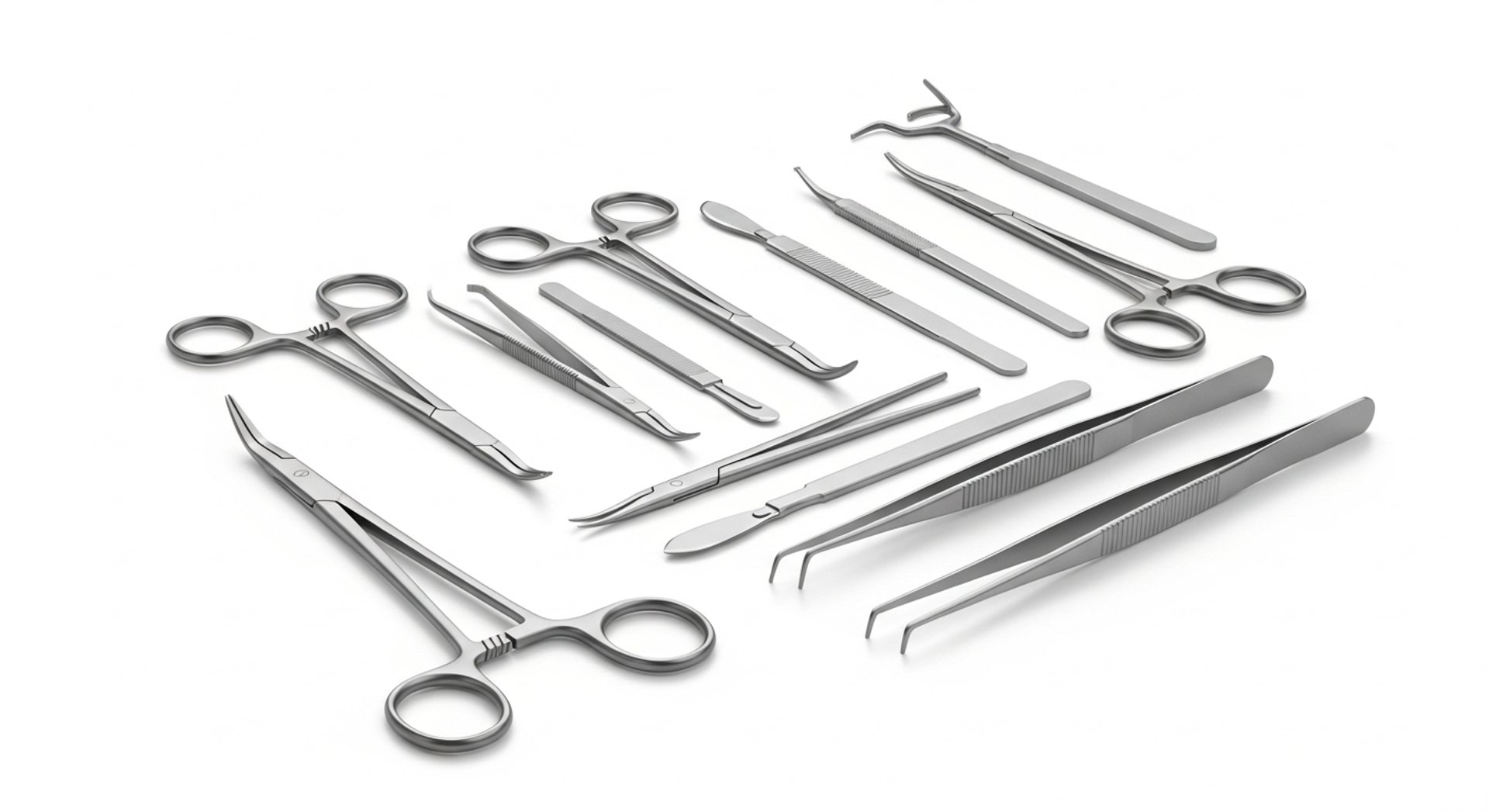
Classification of Instruments
Zestlet Surgical Instruments | Classification
Classification of Surgical Instruments
At Zestlet Surgical, we design and manufacture a wide range of precision instruments used in surgical procedures worldwide. A surgical instrument is a specialized tool or device created to perform specific actions during surgery, such as cutting, dissecting, grasping, retracting, or providing access and visibility to the surgical site.
Over time, thousands of surgical instruments have been developed—some designed for general use and others for specialized procedures. The naming convention for these instruments often follows specific patterns:
Based on Function: e.g., scalpel, hemostat
Named After Inventors: e.g., Kocher forceps
Procedure-Specific Names: e.g., tracheotome
The term surgical instrumentation refers to the process of assisting a surgeon with proper instrument handling during an operation, typically performed by trained surgical staff.
Main Classifications of Surgical Instruments
Grasping Instruments
Includes tweezers and forceps for holding tissues and objects.
Clamps & Occluders
Designed to control blood vessels and other tubular structures.
Retractors
Used to spread open skin, ribs, or tissues for better access.
Distractors, Positioners & Stereotactic Devices
Aid in precise positioning during surgical procedures.
Cutting & Dissecting Instruments
Includes scalpels, scissors, drill bits, rasps, and trocars.
Dilators & Speculae
Provide access to narrow passages or incisions.
Suction Instruments
Tips and tubes for removing blood and other fluids.
Irrigation & Injection Devices
Needles, tubes, and tips for introducing fluids.
Powered Devices
Electric or battery-operated tools like drills and dermatomes.
Scopes & Probes
Fiber-optic endoscopes and tactile probes for visualization.
Carriers & Appliers
For placing optical, electronic, or mechanical components.
Measuring Devices
Includes rulers and calipers for surgical accuracy.
Key Considerations
Modern surgical instruments are increasingly designed to be atraumatic and minimally invasive, reducing tissue damage and promoting faster patient recovery. Emerging trends include the development of robot-assisted systems and microscopic autonomous instruments, shaping the future of surgery.
Manufacturer & Exporter of
Dental and Surgical Instruments, Beauty Instruments, Diagnostic Devices, Hollowware and Hospital Furniture
Precision
Email:sales@zestletsurgical.com
Phone: +923294372020
© 2025. All rights reserved.
| Corporate
| Commitment
| Sustainability
| Production
| Contact US
Address: Chowk, opp. ZestletSurgical Factory, Kotli Behram, Sialkot, Punjab 51310
